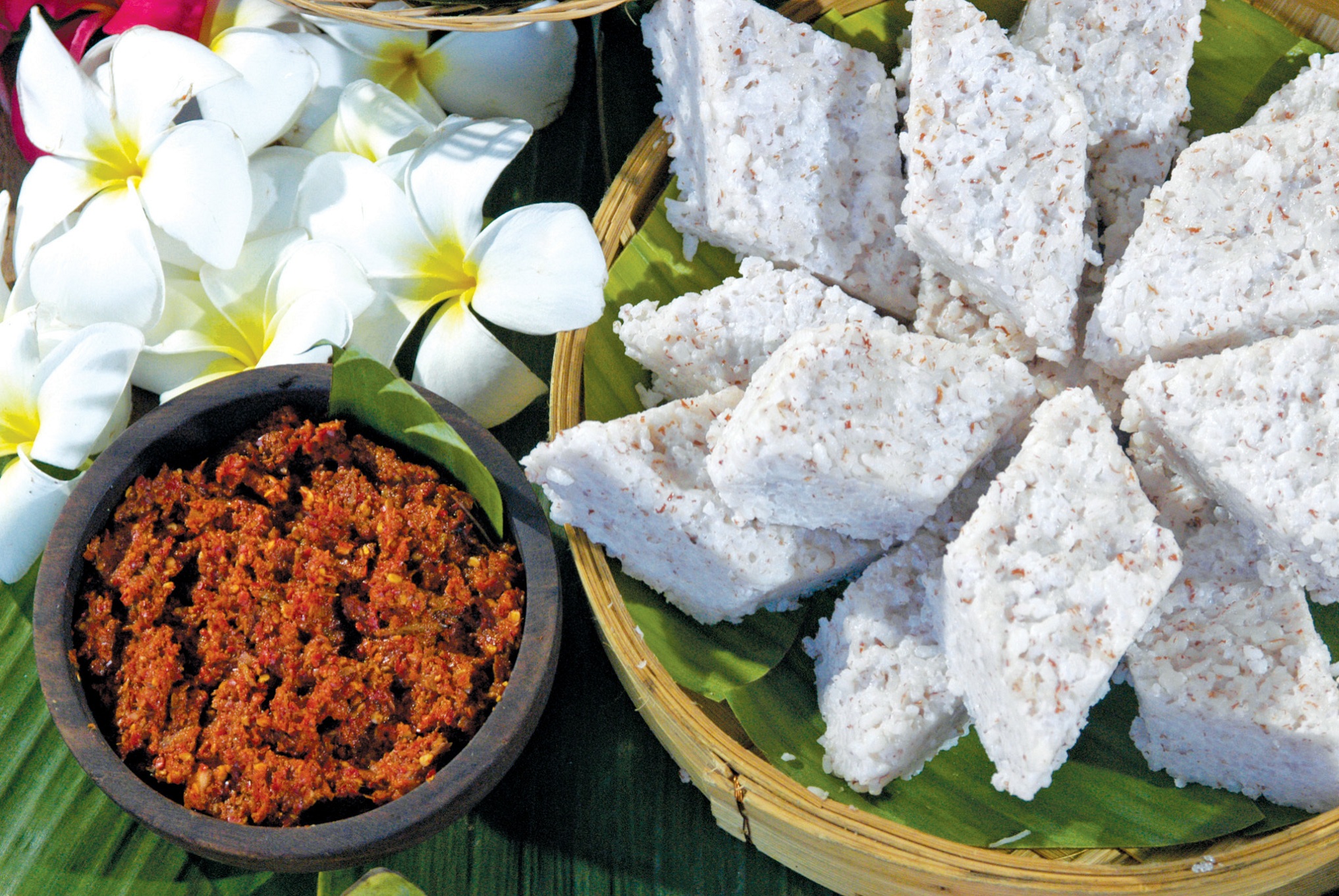Authentic Sri Lankan cuisine is heavily influenced by cultural and historical factors. Over centuries, the country has been through the hands of Arabs, Dutch, Portuguese, Indians, Malays and the British, all of whom left an incredible mark on the cuisine, which when put together, evolved into a unique identity. These settlers also brought a fusion of products, recipes and spices to the island resulting in a rich culinary heritage and a melting pot of food from numerous influences.
“Have you eaten rice”?
Don’t be surprised if a local greets you with the above statement because rice is the staple food of Sri Lanka. The national dish is ‘rice and curry’ and is served during every meal, including breakfast. Rice flour is also the main ingredient in the famous dishes of Sri Lanka including hoppers, string hoppers and pittu.
Hoppers, String Hoppers and Pittu
A crispy, bowl shaped pancake known as appam or hoppers is the signature dish that Sri Lankans across the globe are always craving for. The batter is made with fermented rice flour, coconut milk, palm toddy and sugar. Flavors of hoppers include:
- Plain
- Egg – cooked at the center of the pancake
- Milk – a jab of sweetened coconut milk at the center
- Jaggery – batter made with jiggery
Plain and Egg hoppers are served with your choice of either onion sambol, pol sambol, dhal and chicken curry.
Another favorite is the idiyappam or string hoppers, also made of rice flour. These rice flour noodles are often served with kiri hodi (coconut milk gravy), pol sambol (coconut salad), and chicken curry. Pittu is prepared with rice flour and grated coconut, steamed in a cylinder made of brass or bamboo. The side dishes for Pittu are the same as for idiyappam.
Kiribath
Rice is also abundantly used in a celebratory breakfast dish known as kiribath (milk rice). Traditionally, this is the first solid food given to a baby and is also served during festivals such as the Sinhalese New Year.
Sri Lanka’s history as a spice producer and a post for trading spices has resulted in the abundant use of spices in the country’s authentic cuisine. The tasty coconut milk curries, spicy fish dishes and other spices give an earthy and robust flavor to the food. The coconut salad is a good example – a mouthwatering combination of grated coconut, onions, chili powder and chili flakes nicely mixed and squeezed together with the coconut to bind the flavors into one sambol.
Kottu Roti
Moving onto the best of street food – Kottu Roti. Influenced from the south of Tamil Nadu, this dish is a mix of chopped parathas (rotis) along with vegetables and meat on a large hot plate with the help of a cleaver. The clanking of the metal makes it a delight to watch while the dish is being prepared.
Lamprais
A touch of the Dutch Burgher community is seen in the famous lunch meal – lamprais. This dish is a combination of meat, rice, eggplant curry, green chutney, all of which is wrapped into a banana leaf packet and steamed. The secret to this dish is how the rice is cooked – with meat stock, mostly a combination of different meats, and infused with cardamom, clove and cinnamon – once again, making good use of the spices.
Seafood
Seafood is also poplar in Sri Lanka because of its close proximity to the coastline. The range of delicacies – succulent prawns, crabs, lobsters, mussels and more are cooked with the exotic spices, resulting in unbeatable seafood cuisine.
An interesting seafood broth known as ‘kool’ originates from Jaffna. This dish contains fish, crab, cuttlefish, prawns and crayfish. In the cooking, jackfruit seeds, long beans and tamarind is also used along with palmyra root flour to thicken the gravy.
‘Fish ambul thiyal’ is another popular dry fish curry that Sri Lankans believe to be a must try for those touring Sri Lanka. The ingredients of this dish are all simmered together with a little bit of water. This method of cooking allows the spice mixture to coat each cube of fish – presenting a delectable taste in the end.
Desserts
Now to sweeten your taste buds a bit, let’s talk about the spiced Sri Lankan custard – watalappam. This is one of the staple desserts in Lankan cuisine and is a perfect way to end a meal. This dish is influenced by the Malay immigrants who made the pudding with coconut milk, eggs, cardamom and jaggery. The pudding is steamed until the ingredients are cooked and can be served warm or chilled.
Apart from watalappam, most of the other Sri Lankan sweets use kithul honey, coconut and rice flour as a traditional base and are enhanced with nuts like cashew, raisins and pumpkin preserves. The Dutch inspired golden crispy kokis for example are made with rice flour and coconut milk batter, which is deep fried into a flower shaped mould.

